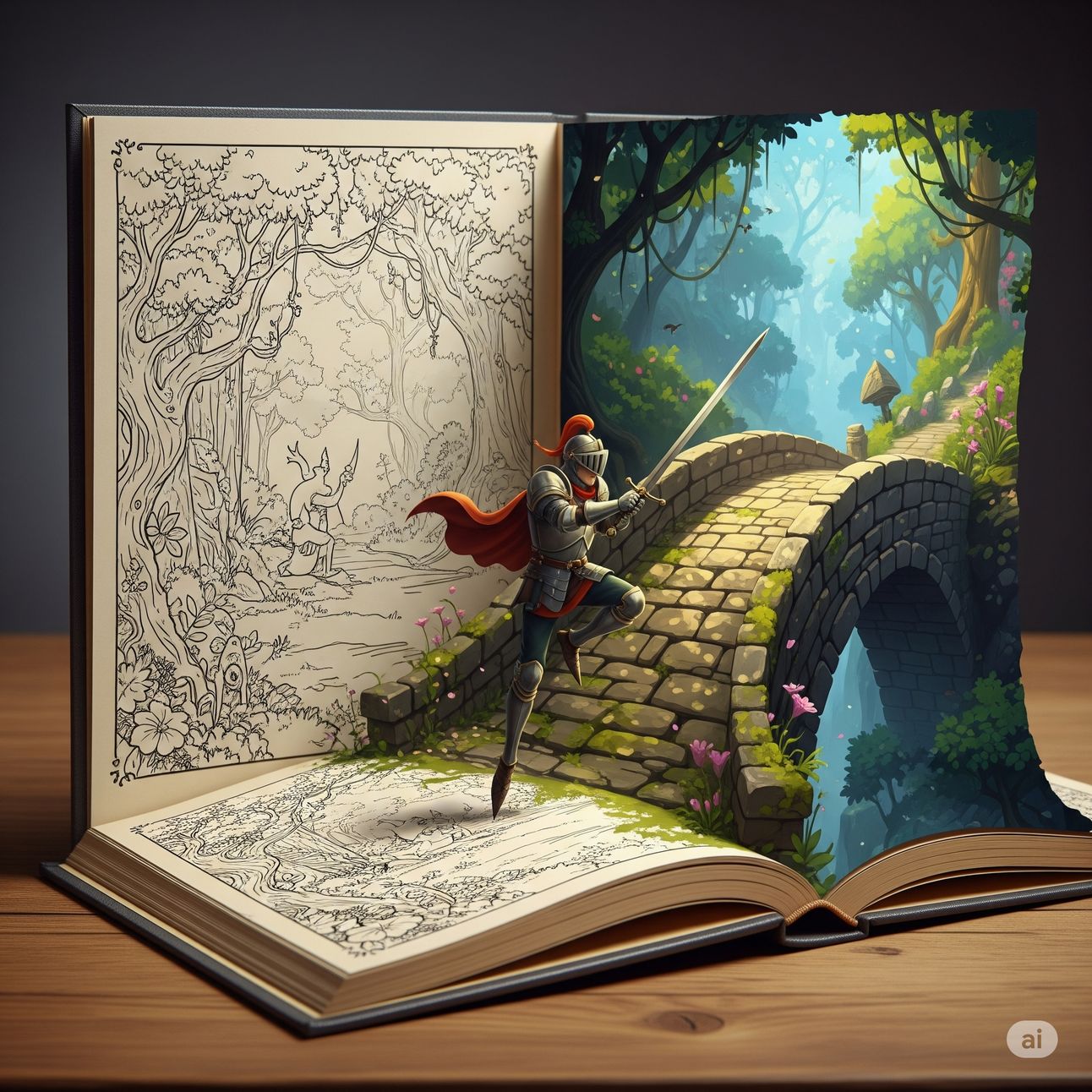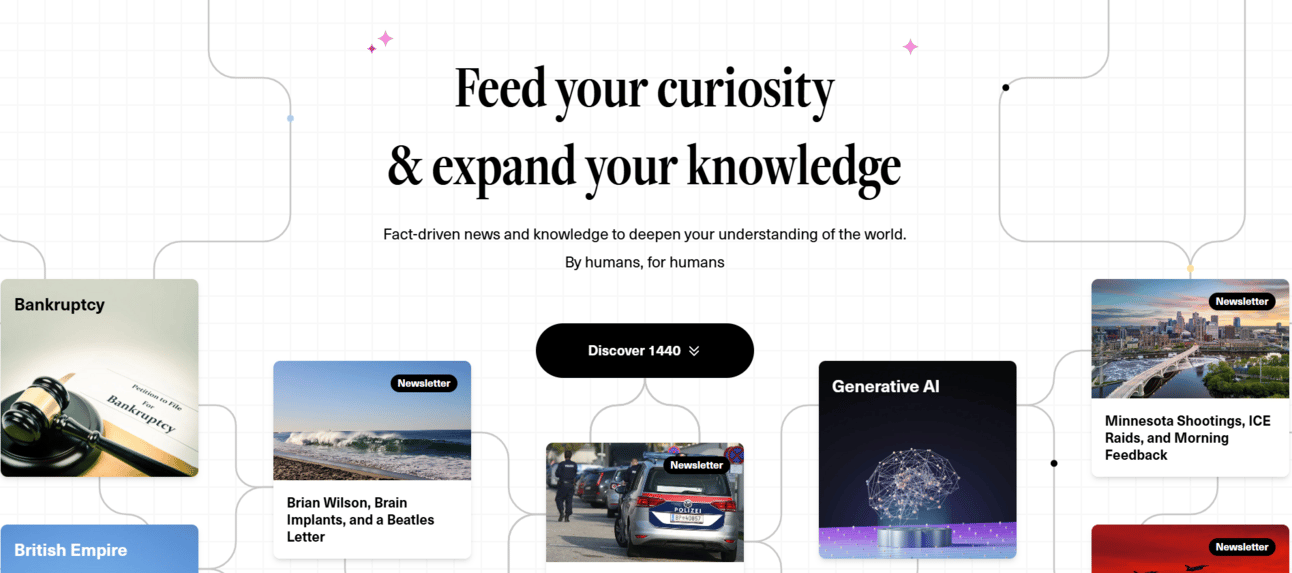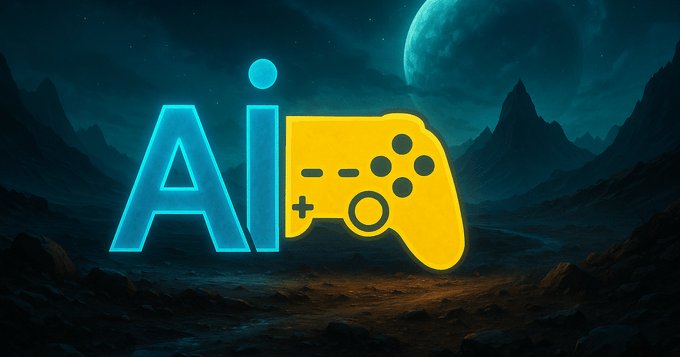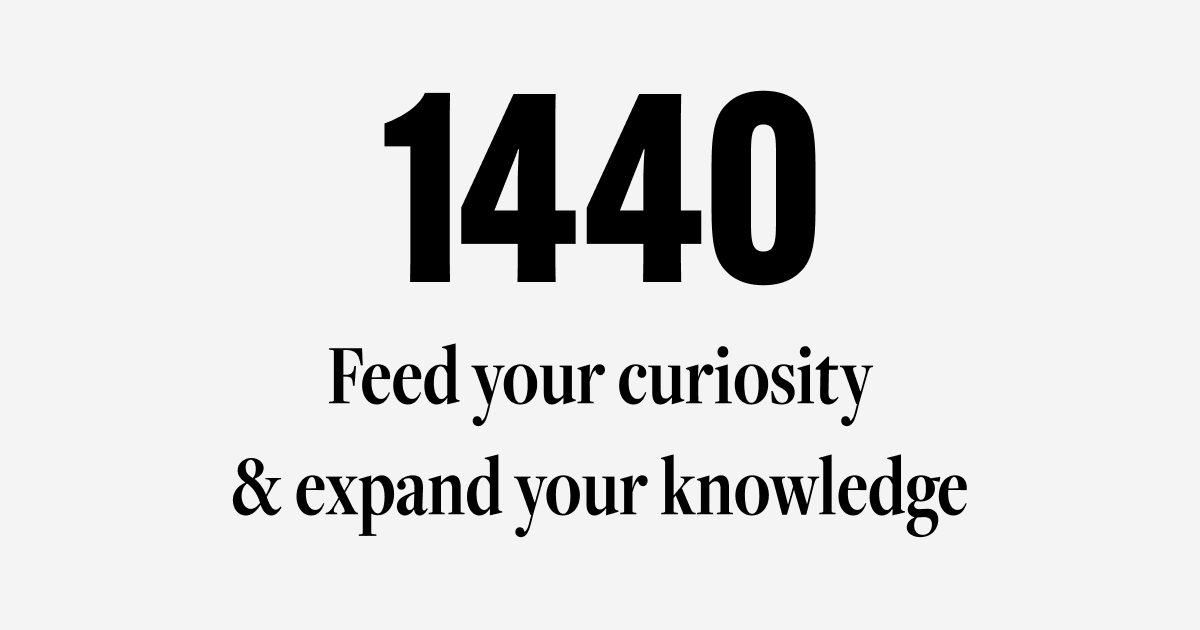- AI Game Lab
- Posts
- The Plucky Squire’s 2D→3D Magic

Looking for unbiased, fact-based news? Join 1440 today.
AI Game Lab
The Plucky Squire’s 2D→3D Magic
In The Plucky Squire, you guide a brave knight who literally jumps out of hand-drawn storybook panels into vivid three-dimensional realms. Pages fold like origami, lines extrude into walls, and ink washes give way to sculpted geometry—all in a single, seamless animation. This hybrid technique merges illustration and gameplay, delivering a living storybook experience that feels handcrafted and futuristic at once.
🔔 Quick News
- ▶️ Unity’s Pixel Perfect v1.2 adds native support for per-layer depth export in Sprite Atlases (unity.com)
- ▶️ Unreal Engine 5.2 ships a “Page-Flip” demo showcasing 2D-to-3D transitions in Blueprints (unrealengine.com)
- ▶️ Adobe Animate AI beta can now auto-extrude vector art into simple 3D meshes (adobe.com)
🧠 Feature Deep-Dive
At the heart of the effect is a custom render pipeline built in Unity. Artists tag each brush stroke in Photoshop with depth metadata, exporting layers as a unified sprite atlas. A vertex-displacement shader reads that extra UV channel and extrudes every stroke into mesh form. The page-flip animation takes under 5 ms on mid-range hardware, with textures wrapping naturally around the newly formed geometry.
By synchronizing page-turn audio cues and camera easing curves, the team maintains narrative flow—each panel feels like a living diorama. This tightly integrated art-tech workflow reduced iteration loops by over 60 %, letting artists see 3D results almost instantly after a sketch change.
🛠️ Step-By-Step Tutorial
- 🎨 Prepare Art: Tag brush layers in Photoshop with a custom “Depth” channel.
- 📦 Build Atlas: Export sprites to Unity’s Sprite Atlas including depth metadata.
- 🔧 Shader Setup: Create a vertex shader that reads UV2 for depth and displaces vertices.
- ➡️ Trigger Transition: On player proximity, animate displacement via a float parameter.
- 🔊 Sync SFX: Play page-turn audio at start of mesh extrusion for tactile feedback.
Try it Yourself: implement this pipeline in your own prototype to see art fold into world in seconds.
🔧 Toolbench Review
| Tool | Ease (1–5) | Quality (1–5) |
|---|---|---|
| Custom Unity Pass | 3 | 5 |
| Unreal Page-Flip Plugin | 4 | 4 |
When to choose X vs Y: use Unity for pixel-perfect art fidelity; Unreal for faster prototyping with Blueprint samples.
💬 Community Spotlight
“After seeing my watercolor sketches leap into 3D, I never looked at sprite atlases the same way.”
— Jane Doe, Lead Artist at Inkforge Studios
💼 Work Opportunities
- 🔍 Technical Artist – specialize in custom shader pipelines and real-time rendering. Advice: showcase HLSL/ShaderGraph projects in your portfolio.
- 🔍 Gameplay Developer – implement hybrid 2D/3D mechanics. Advice: publish a mini “page-flip” demo on GitHub to demonstrate your skills.
🛠️ Tip of the Day
🔧 Always preview extrusion at multiple camera angles to catch thin-stroke artifacts before final build.
📚 Further Reading & Resources
- • GDC Talk: “From Sketch to Geometry”
- • Unity Docs: Shader Graph Depth Channels
- • Unreal Paper2D Extrusion Guide
How would you adapt the page-flip mechanic to your own art style? Share on our Discord.
AGL Rating: 💡 Innovation 9/10 — seamlessly merging 2D illustration with 3D gameplay raises narrative immersion to new heights.
Image Prompt Suggestion: “A storybook page folding open into a 3D stone bridge as a knight jumps through.”

Join over 4 million Americans who start their day with 1440 – your daily digest for unbiased, fact-centric news. From politics to sports, we cover it all by analyzing over 100 sources. Our concise, 5-minute read lands in your inbox each morning at no cost. Experience news without the noise; let 1440 help you make up your own mind.


Reply